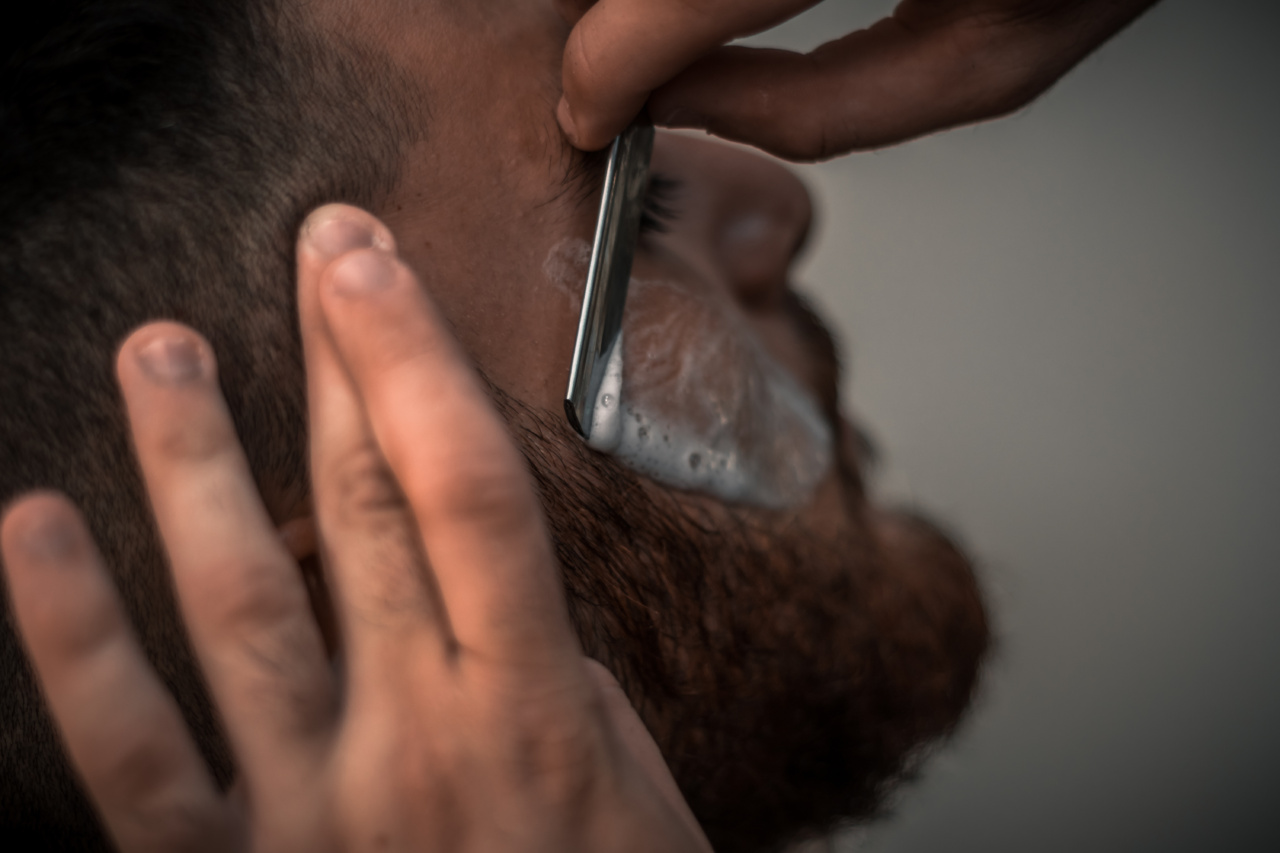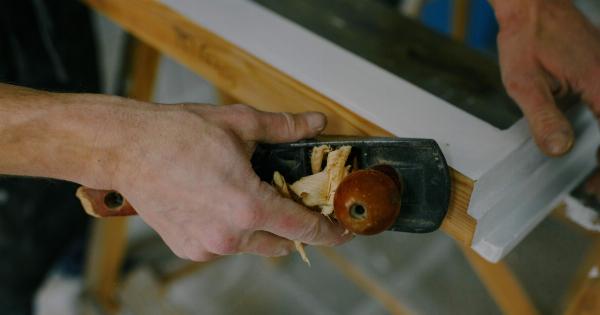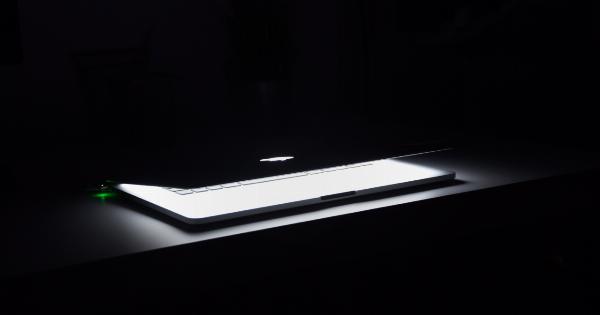Shaving is a daily grooming activity for many people, but even with years of experience, accidents can happen. One of the most common mishaps is cutting yourself while shaving, leaving you with an unsightly and painful wound.
While it may be alarming at first, there are several steps you can take to quickly stop the bleeding, prevent infection, and encourage healing. In this article, we will explore ten essential actions to take when you accidentally cut yourself while shaving.
1. Rinse the wound thoroughly
The first step is to rinse the cut with cold water to clean away any shaving cream, hair, or debris that may have entered the wound. Gently hold the affected area under the running water, ensuring the flow reaches all parts of the cut.
By doing so, the risk of infection will be reduced.
2. Apply direct pressure
After rinsing the wound, apply gentle pressure to the area using a clean cloth or tissue. This will help stop the bleeding by aiding the blood clotting process.
Hold the cloth firmly against the cut and maintain pressure for a few minutes until the bleeding subsides.
3. Use a styptic pencil
If the bleeding continues despite applying pressure, a styptic pencil can be very effective in stopping the flow of blood from a shaving cut. Wet the pencil with cold water and gently dab it onto the affected area.
The styptic pencil contains a coagulant that helps seal the wound, promoting faster healing.
4. Clean the cut with hydrogen peroxide
Once the bleeding has stopped, clean the cut using hydrogen peroxide. This will help prevent infection by killing any bacteria that may have entered the wound.
Soak a cotton ball or clean cloth with hydrogen peroxide and gently dab it onto the injured area.
5. Apply an antiseptic ointment
To further reduce the risk of infection, apply an antiseptic ointment or cream to the cut. This will create a protective barrier and aid in the healing process.
Choose an ointment that contains ingredients like bacitracin or neomycin, which are known for their antibacterial properties.
6. Cover the cut with a sterile bandage
After cleaning and applying the ointment, cover the cut with a sterile bandage or adhesive strip. This will protect the wound from further contamination and provide a conducive environment for healing.
Ensure the bandage adheres properly without being too tight, allowing the wound to breathe.
7. Avoid picking or touching the scab
As the wound begins to heal, a scab will form over the cut. It is crucial not to pick or touch the scab, as this can disrupt the healing process and increase the risk of infection.
Let it naturally fall off on its own once the wound has completely healed.
8. Use sunscreen on the healing wound
When going outside, protect the healing wound by applying sunscreen with a high SPF. Sun exposure can darken the scar and hinder the healing process. By applying sunscreen, you can minimize the chances of scarring and promote faster healing.
9. Stay hydrated and eat a balanced diet
Proper nutrition plays a vital role in the body’s healing process. Drink plenty of water and consume a balanced diet rich in vitamins and minerals.
Vitamin C, vitamin E, and zinc are particularly important for skin health and can help speed up wound healing.
10. Seek medical attention if necessary
Most shaving cuts can be treated at home without the need for medical intervention. However, if the cut is deep, shows signs of infection, or does not heal within a reasonable timeframe, it is important to seek medical attention.
A healthcare professional may need to assess the wound, prescribe antibiotics, or provide further treatment to ensure proper healing.






























